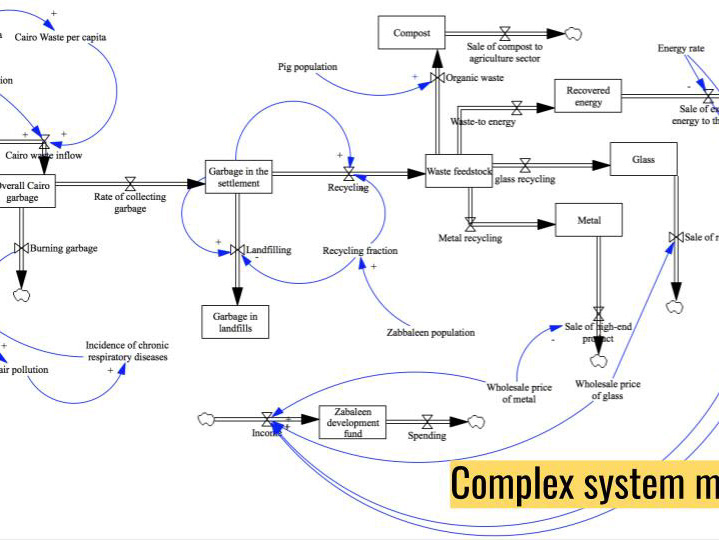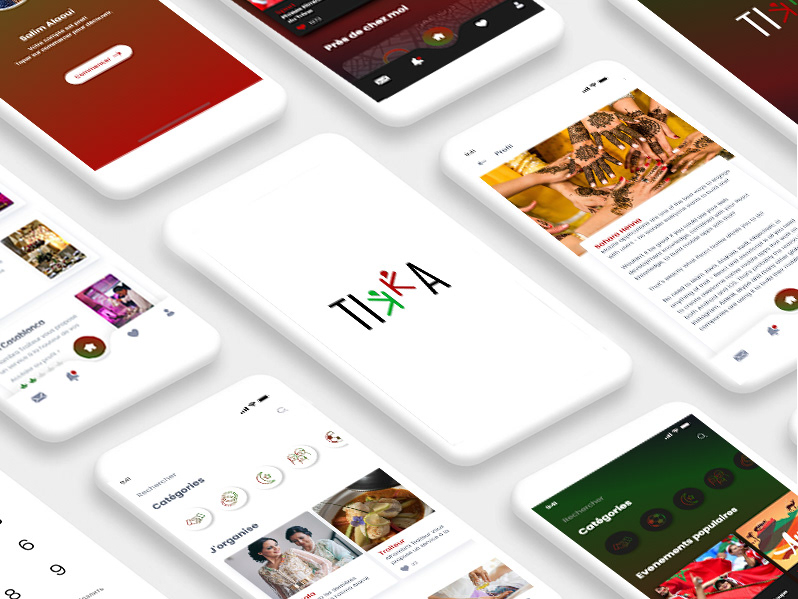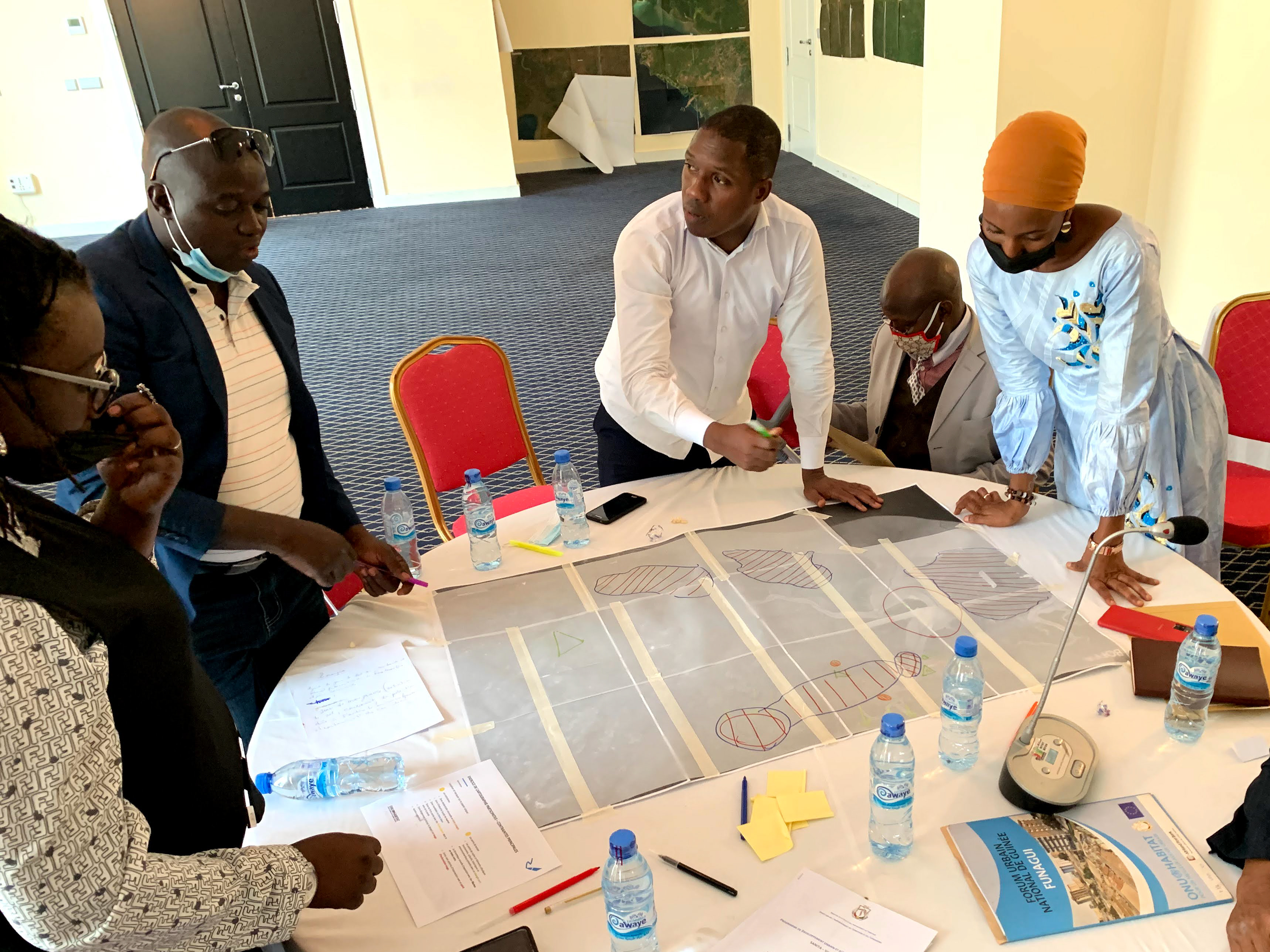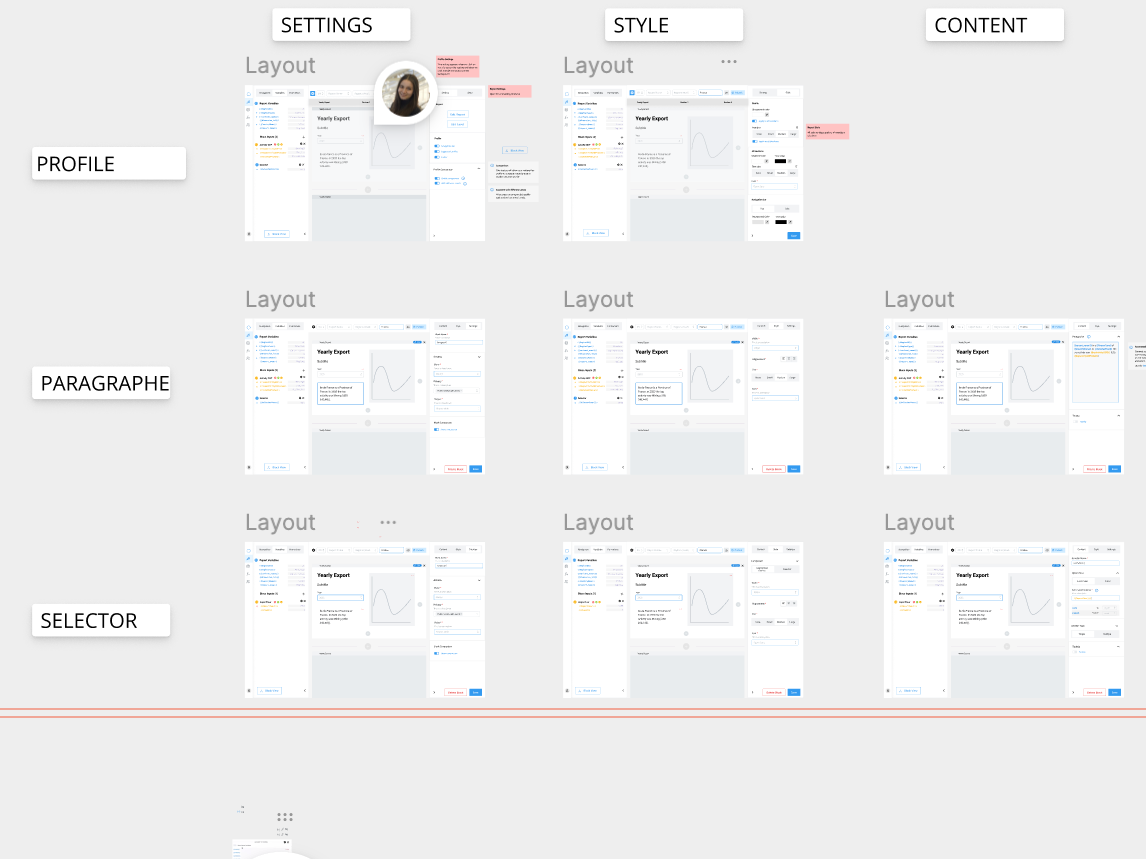Role: Product Designer, Product Manager
My Role and Responsibilities
Senior Product Manager
Strategic Vision: Led the OEC's product strategy to align with the platform's mission of democratizing access to complex trade and economic data.
Team Leadership: Directed cross-functional teams, including engineers, designers, and data scientists, ensuring seamless collaboration to meet ambitious goals.
Stakeholder Management: Built strong relationships with global partners, stakeholders, and users to gather feedback and refine the platform’s features.
Subscription Growth: Spearheaded redesign efforts that resulted in a 10% increase in user subscriptions by enhancing user engagement and satisfaction.
Scalability: Designed scalable solutions to support a global audience of users in multiple industries, including academia, government, and the private sector.
Product Designer
User-Centered Design: Focused on enhancing the user experience (UX) by crafting intuitive interfaces and ensuring accessibility for diverse users. Ran user testing, interviews and surveys to gather qualitative usability data.
Data Visualization: Collaborated with engineers to create engaging, easy to share, visualizations that simplify complex economic data.
Prototyping: Developed and iterated on Figma prototypes to test new features, streamlining workflows and improving overall usability.
Redefining the User Experience: Tailored for All Audiences
Understanding the diverse spectrum of OEC users was at the heart of my approach. Through extensive user and market research, I identified distinct personas—from seasoned analysts to entry-level researchers—each with varying technical expertise and unique needs. This insight guided the creation of a seamless user journey, ensuring accessibility and intuitive interaction for all levels of users.
Key Achievements:
Designed a customer experience framework that adapts to different technical levels, empowering users to extract actionable insights effortlessly.
Developed engaging features, and free educational games that went viral and drove significant user acquisition by gamifying the exploration of economic data.
Homepage Revamp: A Showcase of Unmatched Value
The homepage redesign addressed two critical challenges: showcasing the OEC’s unique features and making complex datasets feel approachable and engaging. The new design emphasized learning and exploration while strategically introducing premium features without alienating free users.
Solutions Delivered:
Highlighted features unavailable in competing platforms to reinforce OEC’s leadership in the field.
Simplified complex data tools to ensure a sense of accessibility and empowerment for users.
Crafted a balance between promoting premium tools and maintaining a welcoming experience for free users.
Pro and Premium Strategy: Retaining and Empowering Users
To reduce churn and enhance the perceived value of premium subscriptions, We introduced comprehensive tutorials and practical use cases. This approach not only educated users about the tools available but also inspired confidence in leveraging the OEC for their needs.
Innovative Features:
Tutorial-driven workflows that integrate real-world applications to demonstrate the tools' value.
Clear communication of available datasets and their relevance to user goals.
Our team of economists created engaging newsletter using the pro features to find relevant insights that inform current economic trends.
Advanced Tool Design: Innovating Economic Analysis
Trend Explorer
We transformed the Trend Explorer into a user-friendly interface for data disaggregation and forecasting, enabling users to uncover trends and patterns with ease.
We added AI models to allow trend predictions.
Tariffs Simulator
The important US tariffs change in early 2025 impacted the world trade landscape. We developed this tool for a South East Asian government entity, to help model and predict these change world wide and inform their investment strategy.
Export Potential Tool
One of the most sophisticated tools in the OEC suite, the Export Potential Tool leverages advanced machine learning models to recommend trade opportunities based on:
Language, geography, and colonial history.
Economic metrics and market demands.
This tool answers critical questions like: "Where can this country export this product?" and "Which product should these two countries trade? »
Branding: A Bold Statement of Datawheel Excellence
The OEC’s branding was designed to reflect both its authority in economic analysis and its vibrant, innovative spirit. We brought a touch of Datawheel’s signature style—bold colors, clean layouts, and intuitive navigation—to ensure the platform stood out as the flagship product of the company. The interplay of sharp visuals and a bright, accessible color palette added a sense of energy and approachability to the platform, making it as visually engaging as it is intellectually powerful.
Vision and Impact
Our work on the OEC was guided by a strong vision to democratize access to complex economic data, ensuring that anyone—from a policy advisor to an entrepreneur—could leverage the insights within. By aligning design principles with strategic product management, we not only improved the platform’s usability but also drove user engagement, retention, and growth.
The OEC stands today as a testament to the power of thoughtful, user-centered design in transforming data into actionable knowledge, fostering learning, and driving economic opportunity.





